Soursop
Soursop
Alongside fresh ginger, yellow tamarind, and green squash, the childhood fruit soursop (mang cau in Vietnamese) continues to evoke nostalgic memories for many Southerners in Vietnam. While it may occasionally be absent from the traditional five-fruit tray during Tet celebrations, this cherished fruit remains deeply woven into the fabric of Vietnamese family life and continues to be cherished by both adults and children alike.
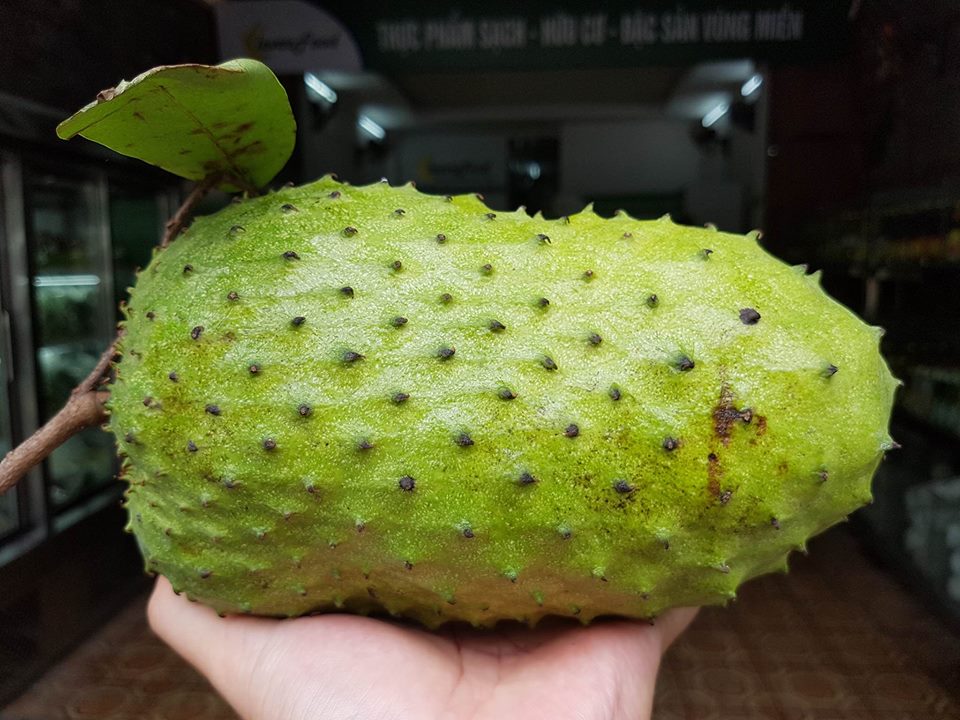 Photo by @Hai Phuong
Photo by @Hai Phuong
Soursops are large, spiky fruits that exhibit a dark green hue when immature, transitioning to a yellow-green shade upon ripening. Depending on cultivation methods, these fruits can vary significantly in size, with some reaching weights of up to 6.8 kg. Their skin is smooth and thin, while the interior reveals pure white flesh, characterized by a sweet yet slightly tangy flavor accompanied by dark brown seeds.
How to Eat
Soursop boasts a delightful aroma and flavor that captivates both locals and international visitors. However, its tough skin can pose a challenge for newcomers. To properly enjoy soursop, start by rinsing the fruit under clean running water for a few minutes to eliminate dirt, bacteria, and any residues. Next, use a knife or your hands to peel off the tough outer skin, remove the stem, and extract the inner core. Finally, cut the fruit into small pieces. Soursop can be eaten immediately or stored in the refrigerator for a refreshing treat later.
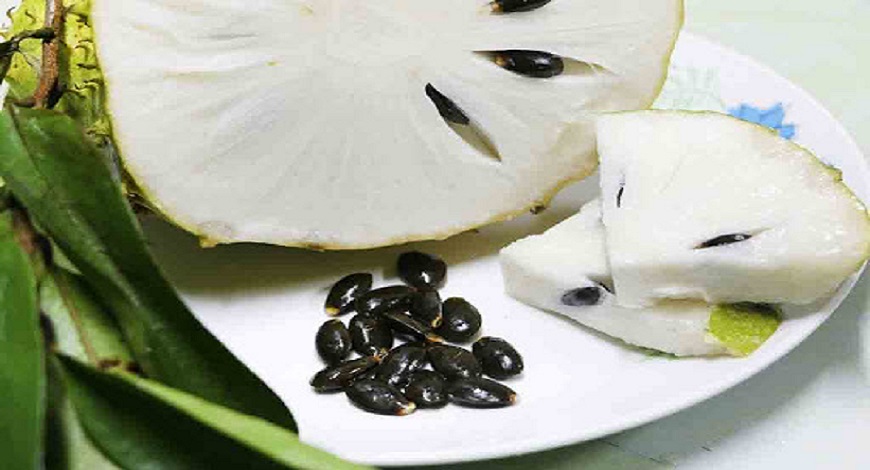 Photo: bachhoaxanh.com
Photo: bachhoaxanh.com
Where Soursops are Grown in Vietnam
Soursop plants thrive in nutrient-rich soils with good drainage and year-round warm sunshine. Originally introduced to Vietnam, soursop trees flourish in hot, humid tropical climates that maintain high humidity and mild temperatures. Consequently, they are predominantly cultivated in southern provinces, particularly in the Mekong Delta region and the Central Highlands, including Dak Lak.
Benefits of Soursops
Rich in vitamins and minerals, soursop contributes to enhanced overall health and may help delay the aging process, promoting smooth, youthful skin. It is notably higher in vitamin C than bananas, grapes, or pineapples, making it effective in bolstering the immune system. Soursop is also recognized for its potential benefits in blood circulation, digestion, resistance enhancement, blood pressure regulation, and cancer prevention, serving as an excellent source of energy for the body.
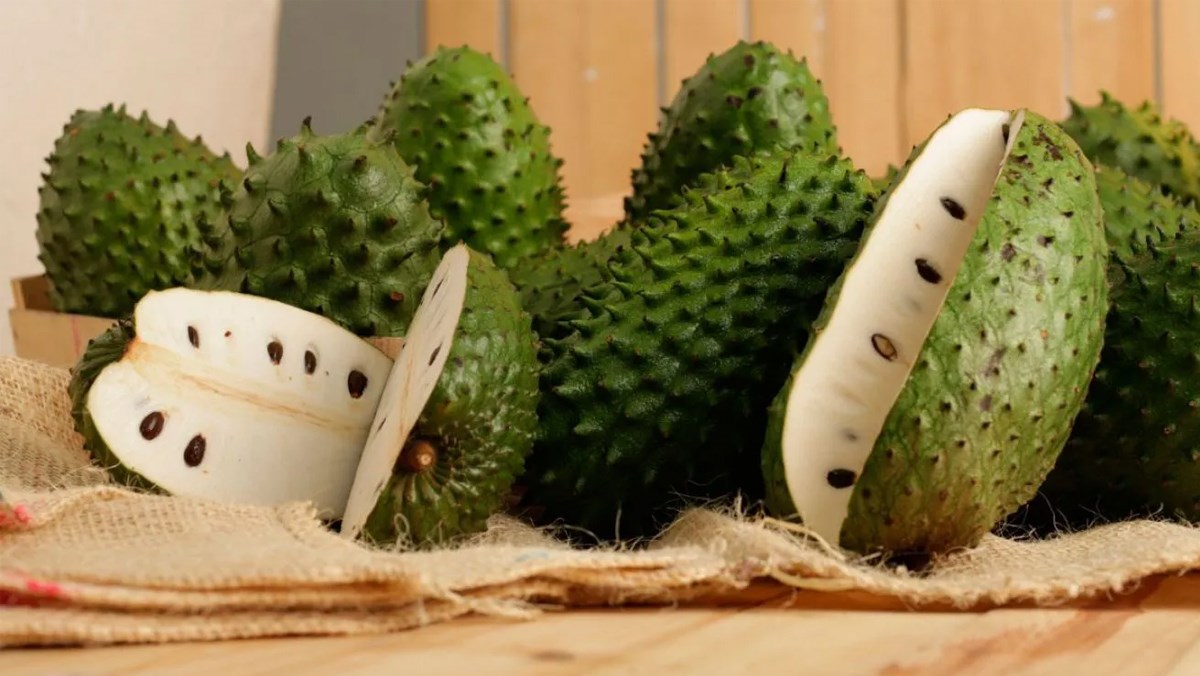 Photo: 2sao.vn
Photo: 2sao.vn
Furthermore, the nutrients found in soursop play a crucial role in supporting digestion, stimulating metabolism, and promoting the conversion of fat into energy. This means you can indulge in soursop without the concern of accumulating excess fat, as it is recognized for its effectiveness in aiding weight loss.
Food Made from Soursop
Owing to its sweet flavor and versatility, soursop is frequently transformed into ice creams, candies, and smoothies. Additionally, its leaves can be boiled and enjoyed as a herbal tea.
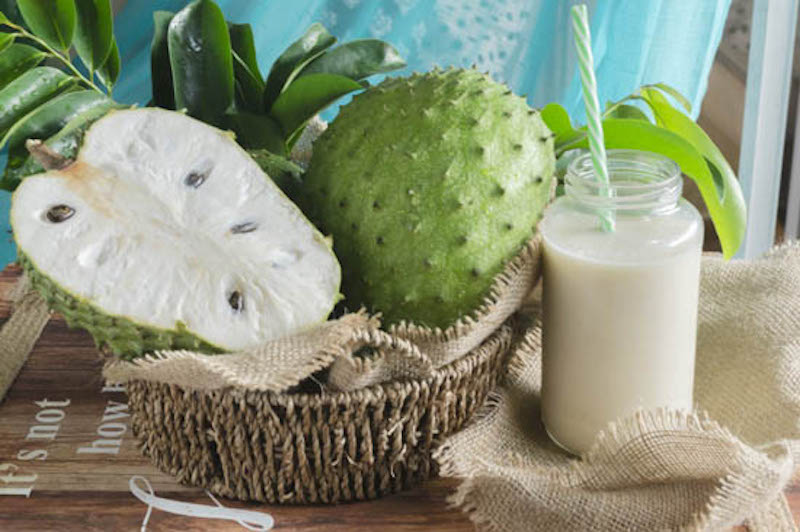 Photo: thuocdantoc.org
Photo: thuocdantoc.org
The Nguyen Van soursop tea is particularly noteworthy, crafted from high-quality, garden-fresh ingredients sourced from the nutrient-dense red basalt soils of the Central Highlands. This tea has become a popular specialty and is highly recommended for visitors exploring the mountainous regions of Vietnam.
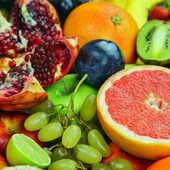
Vietnamese Fruits - An Overview
Being geographically located in the tropical zone, Vietnam is truly a heaven when it comes to fruits.
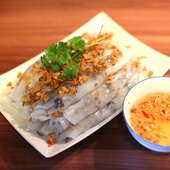
Vietnamese Cakes - A Closer Look At Vietnam's Most Varied Food
An overview to the different types of cake in Vietnam.
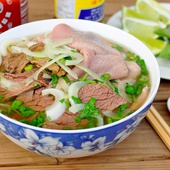
Vietnamese Noodles - An Overview
An introduction to Vietnamese noodles.








